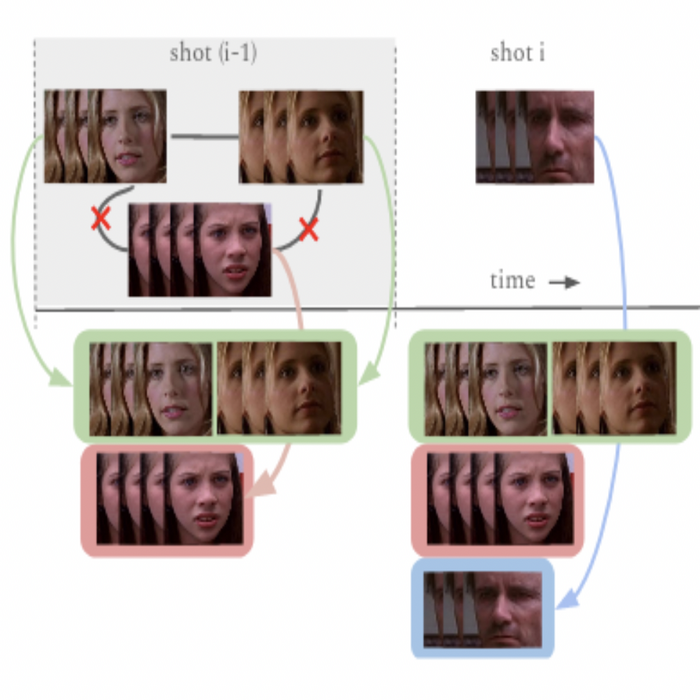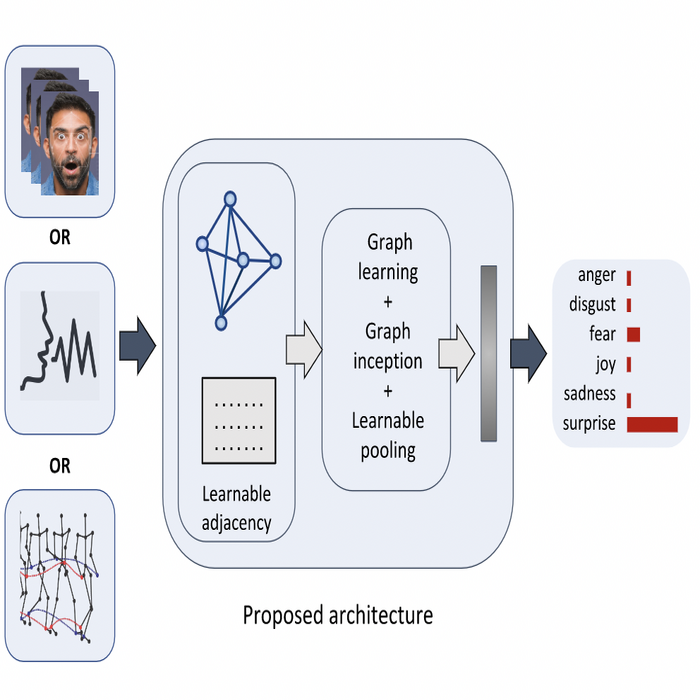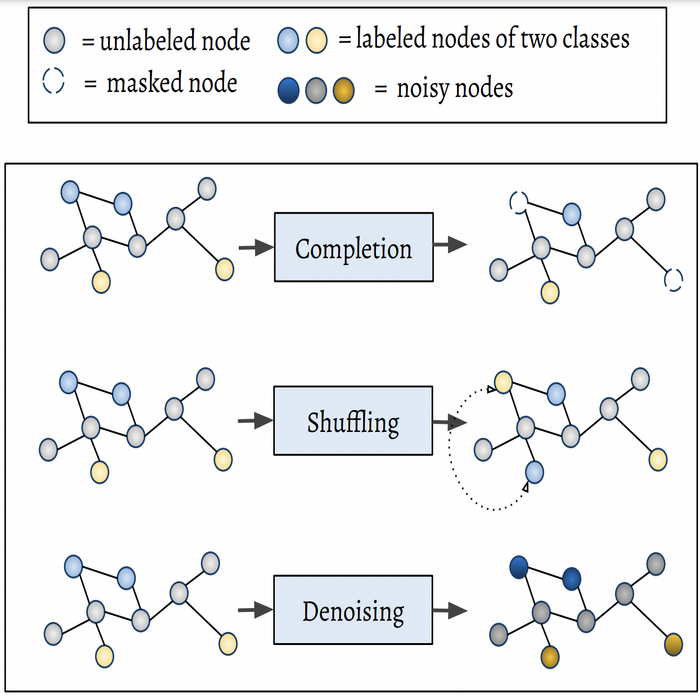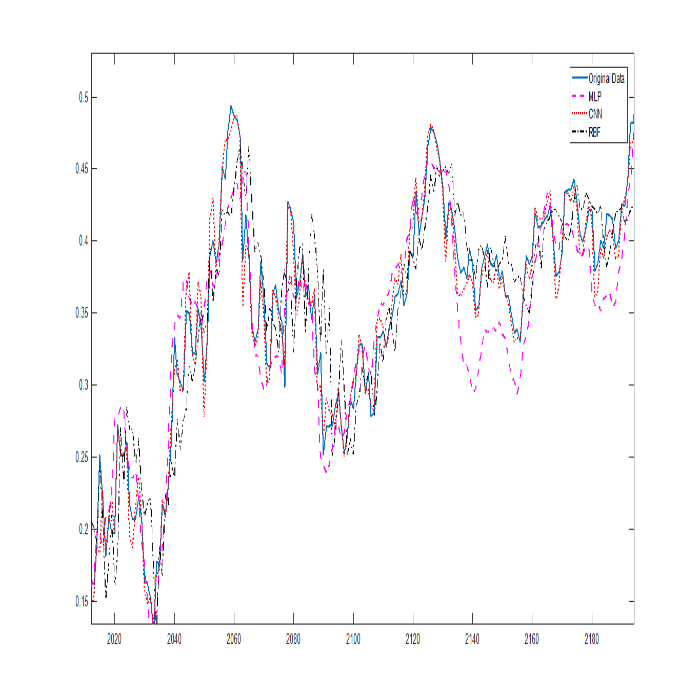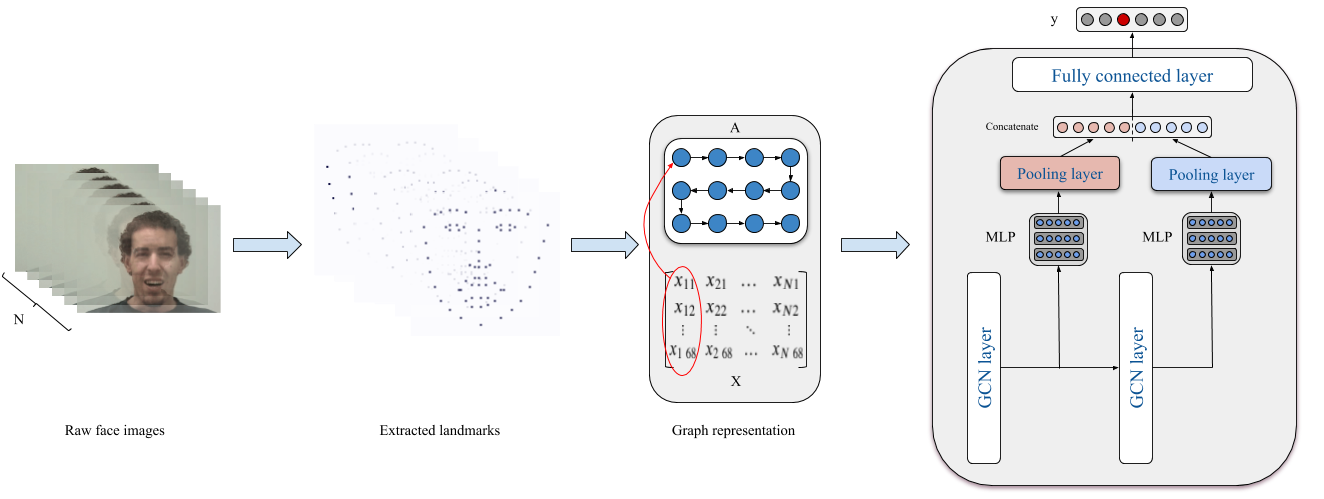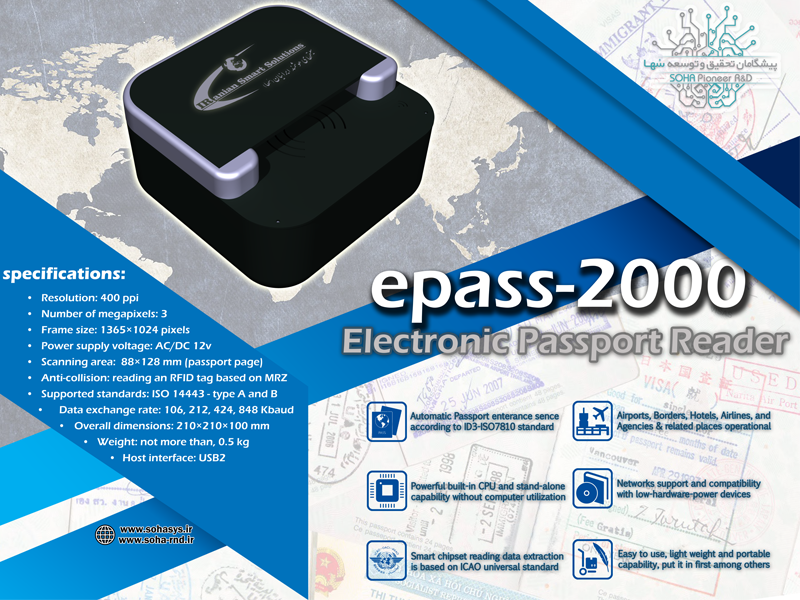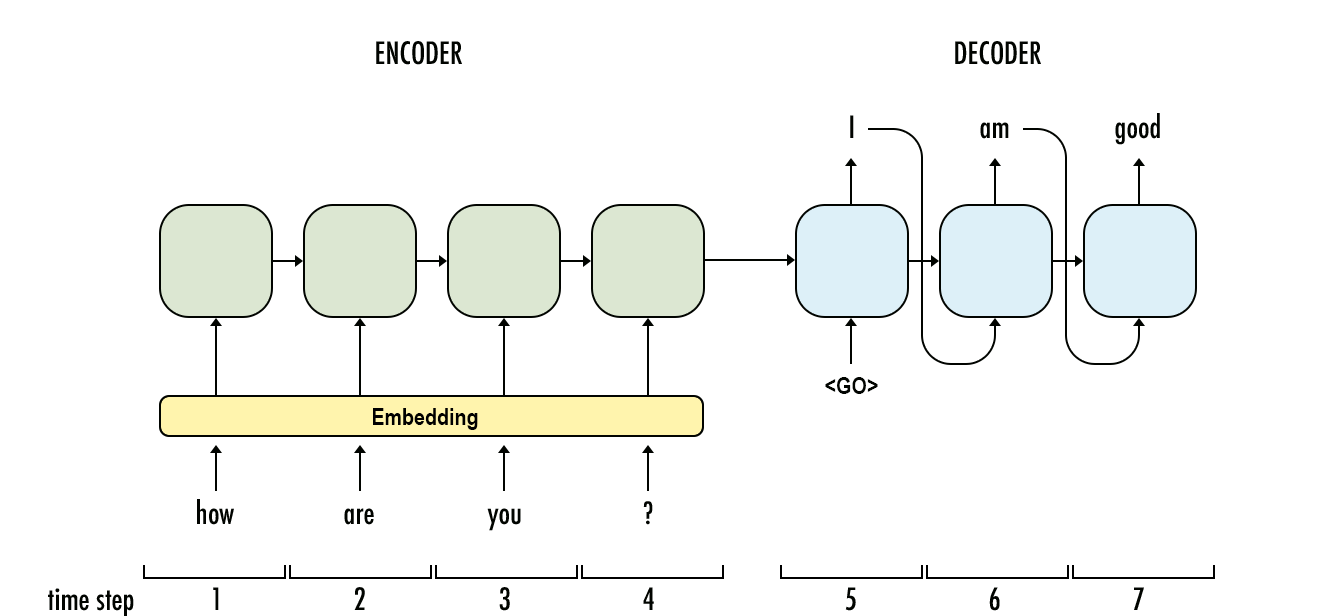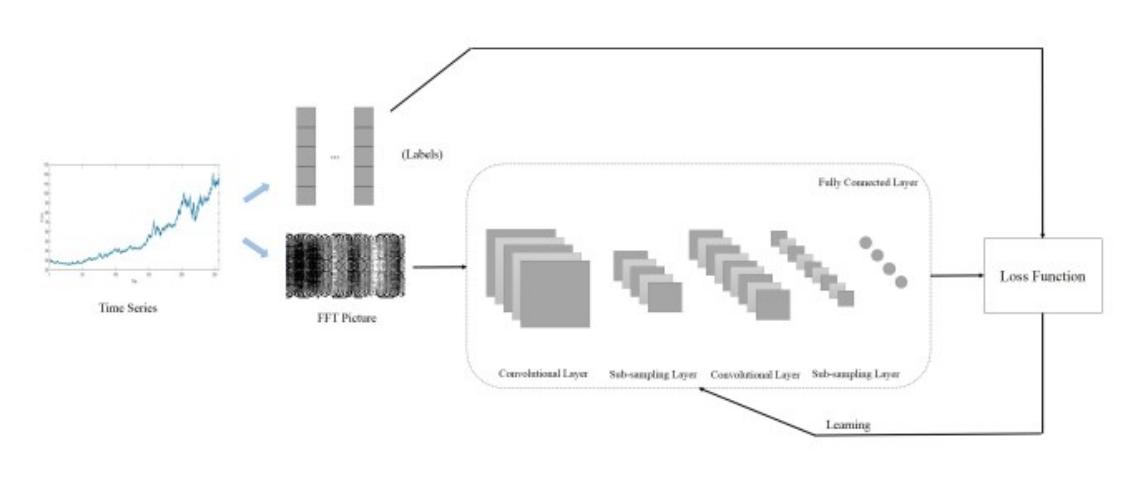
About Me
I am currently a Data Scientist at Nokia. I've done my PhD at the University of Warwick at Signal and Information Processing (SIP) Lab supervised by Prof. Tanaya Guha and Victor Sanchez. She is the best supervisor I've ever seen. She showed me the magnificent and fruitful possibilities of a PhD life. My research is applying graph convolution networks to machine learning task (mainly multi-modal) on different applications such as affect learning. During my PhD, I joined DeepMirror and Intel AI lab as an intern. In DeepMirror, I applied graph-based models on life-science data such as chemical, proteins, and RNA data to name a few. For more info, you can check the projects here. I also have collaboration with Google Research and Intel AI Lab.
Prior to Warwick, I studied MSC and BSC at the University of Tehran in the ECE Department, Iran. In master, I worked on using deep learning models to predict the stock's price. However, thorough my master, I've implemented and designed many deep learning models for different tasks.
I received my diploma in Physics and Mathematics discipline from Shahid Beheshti, under the supervision of NODET(National Organization for Developing Exceptional Talents).
I was born in a beautiful city, Shahrekord in Iran (you can see some photos here). I’ve spent 25 years of my life in Iran which has imparted great skills and memories.
